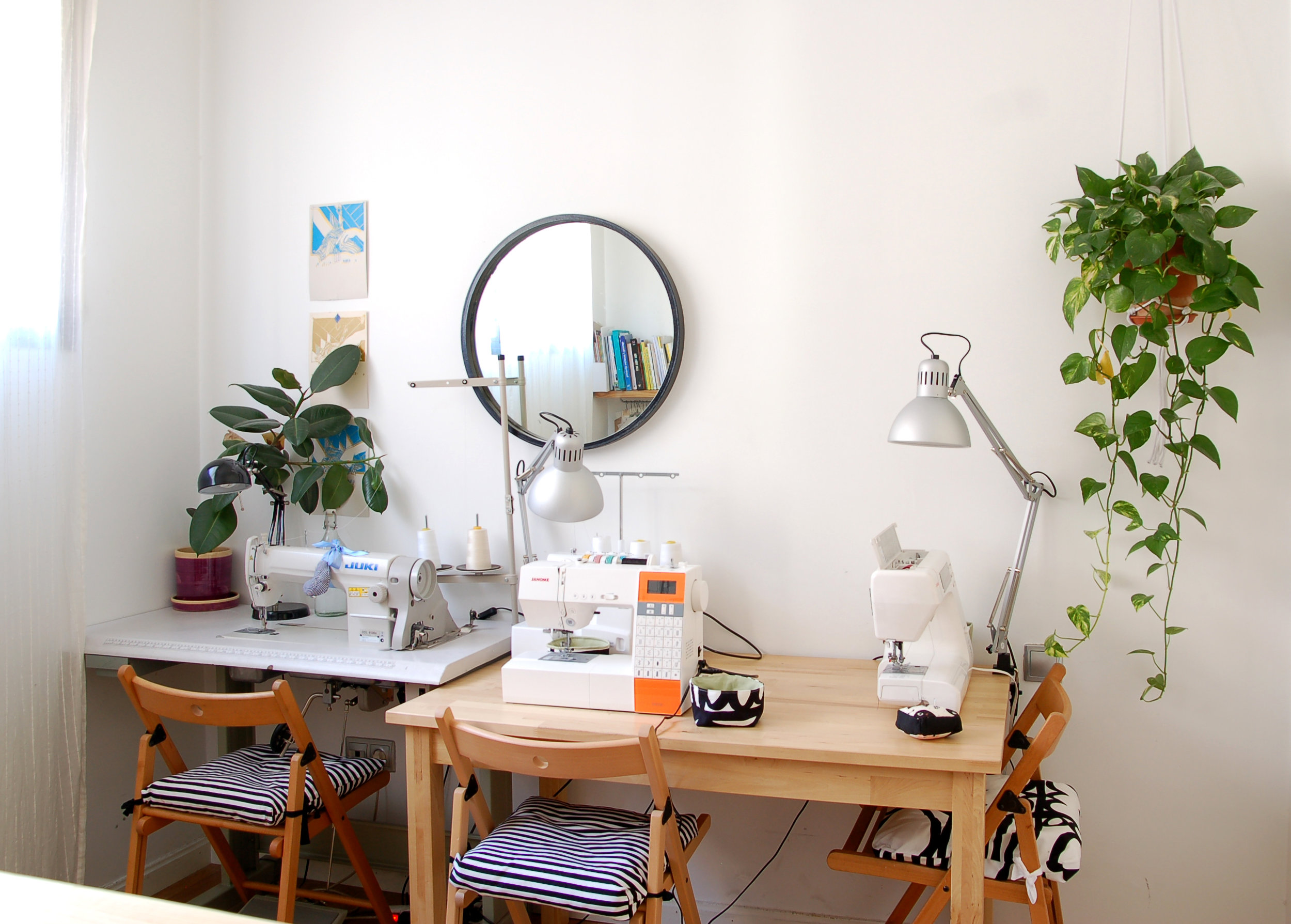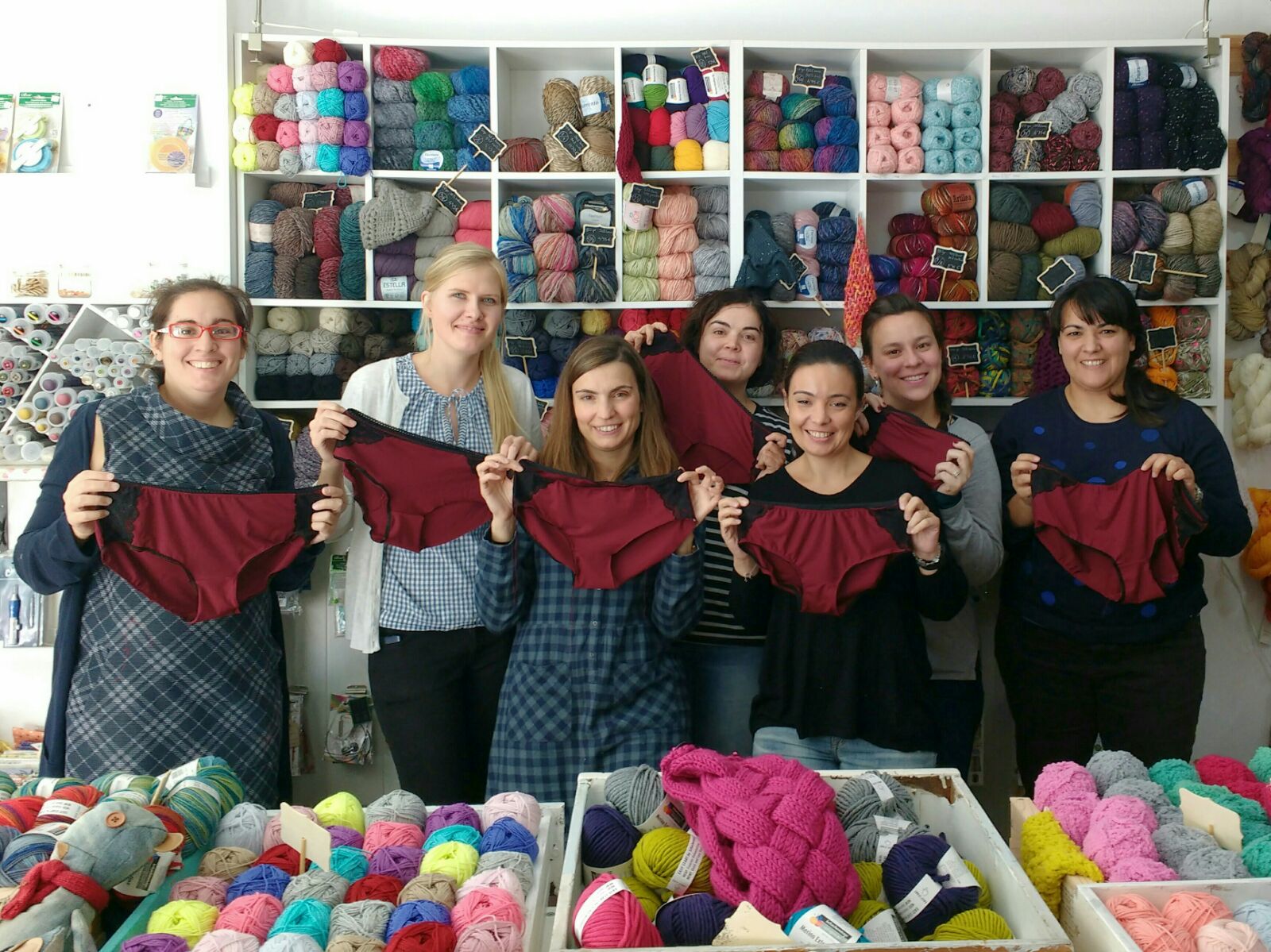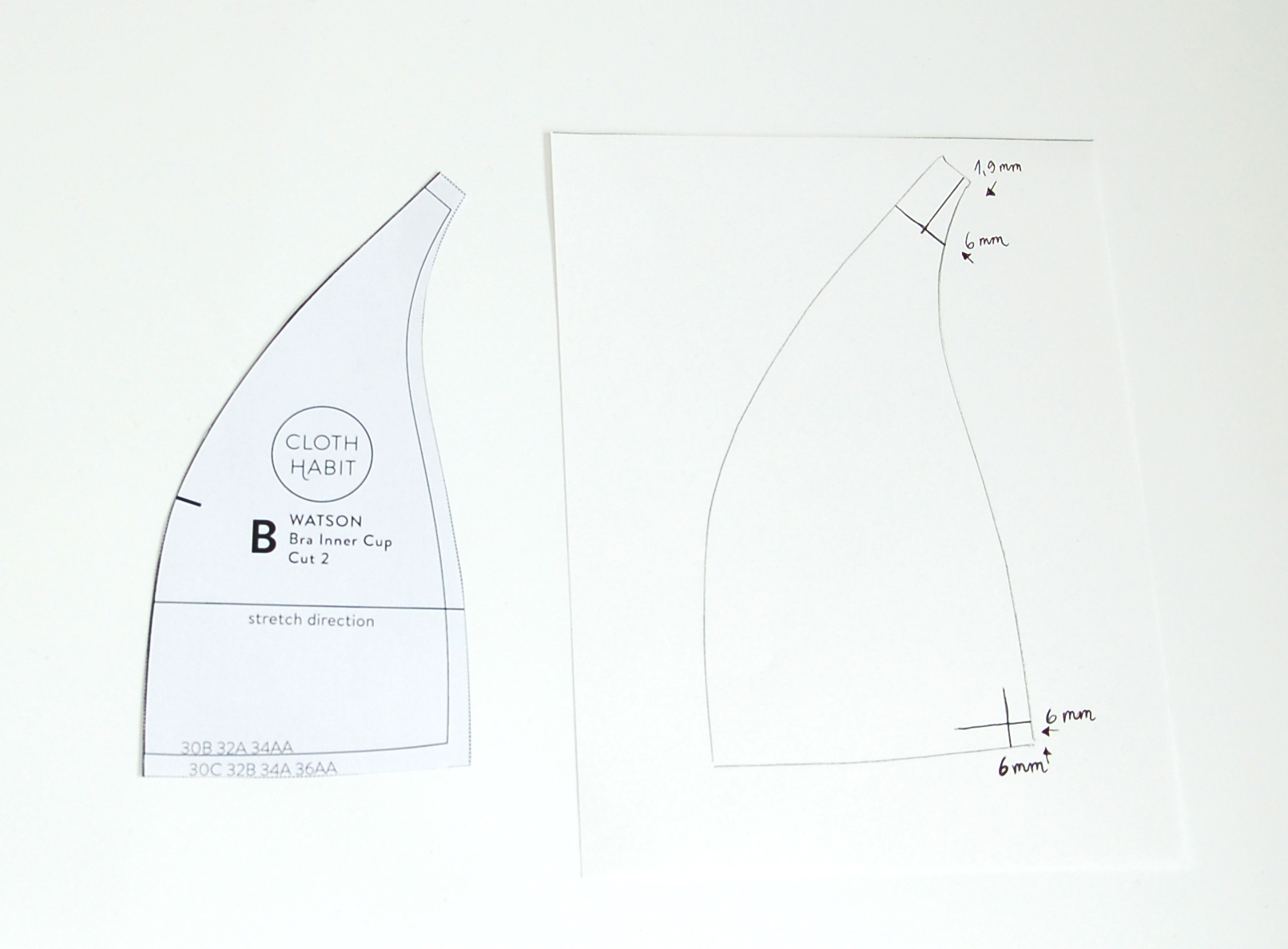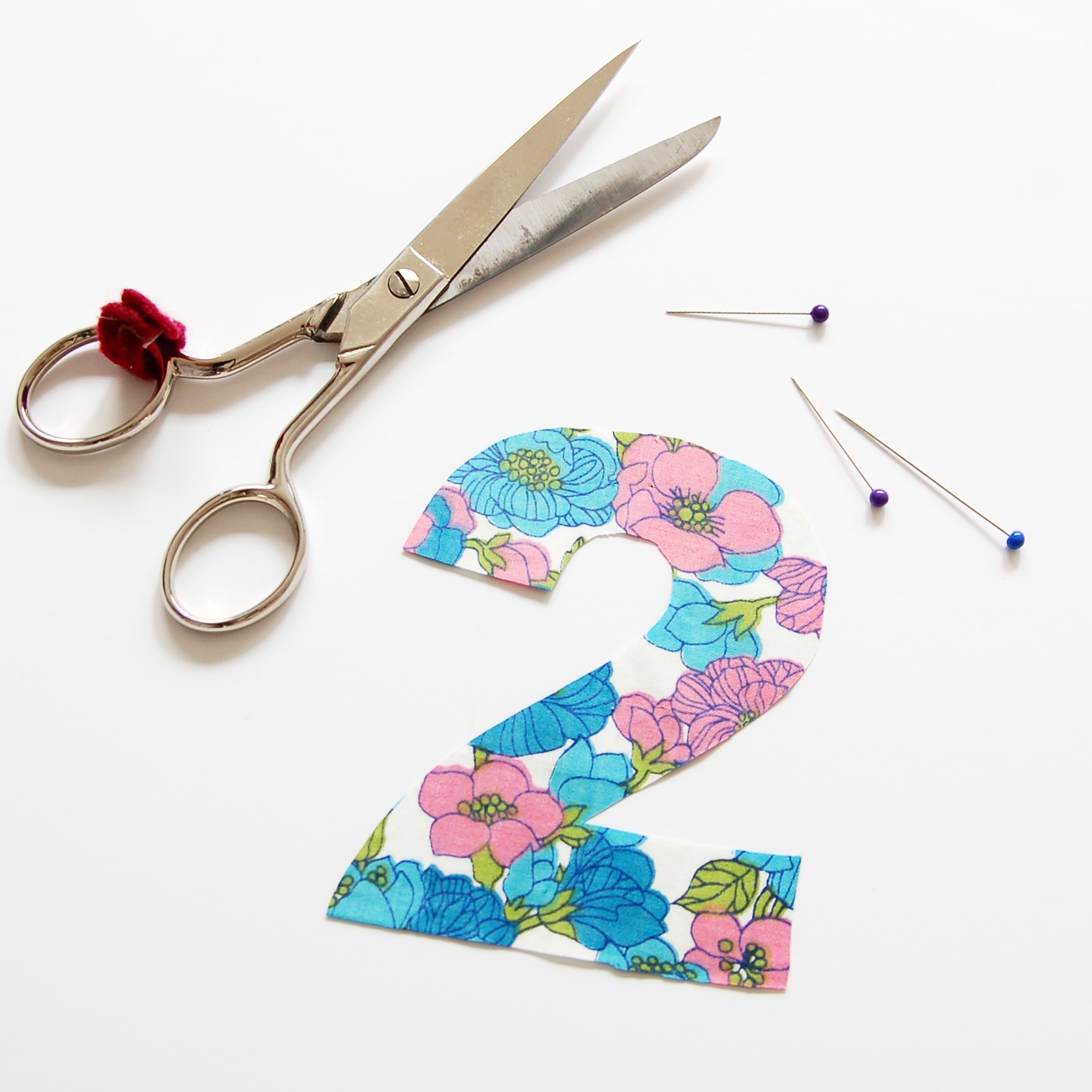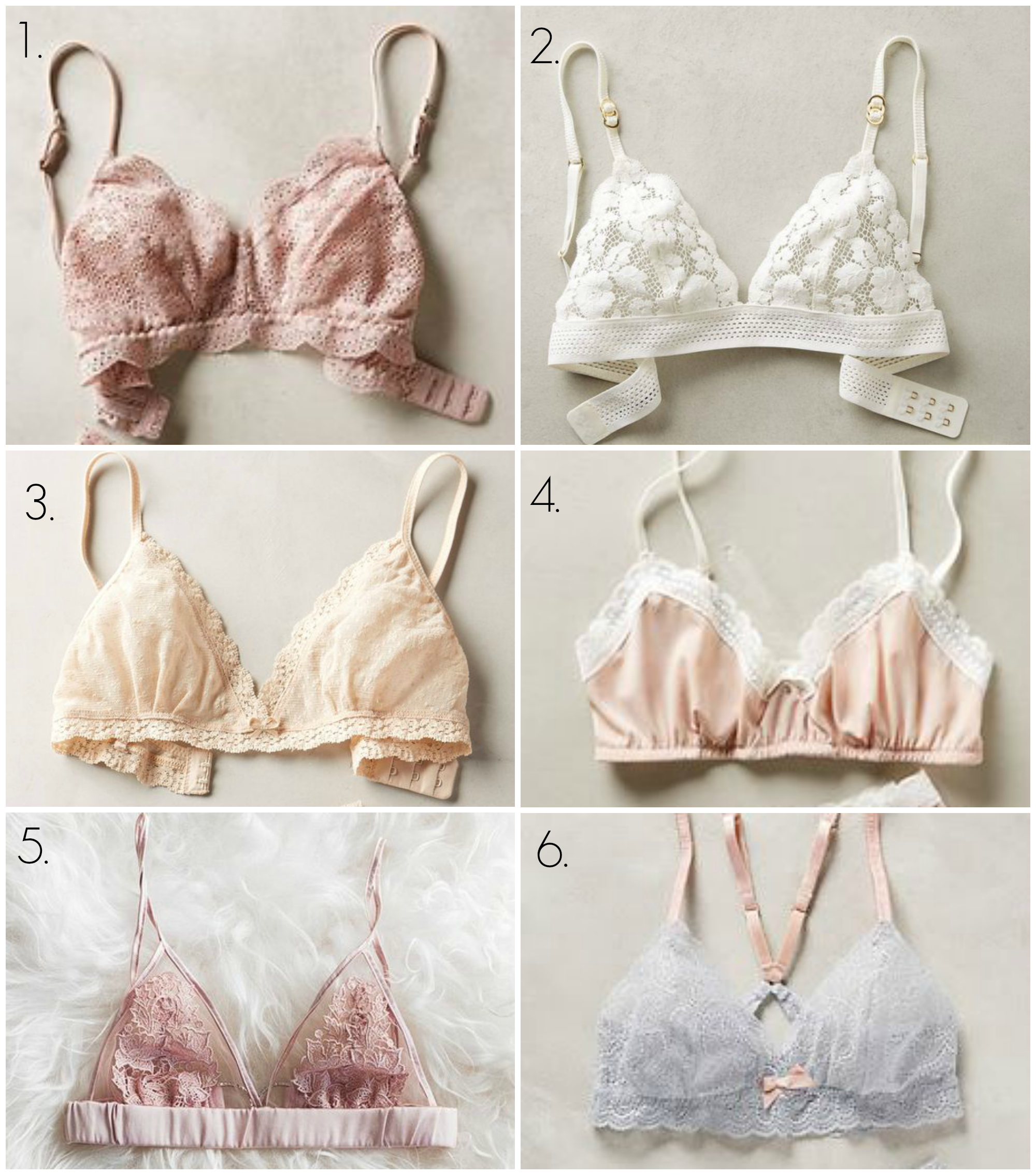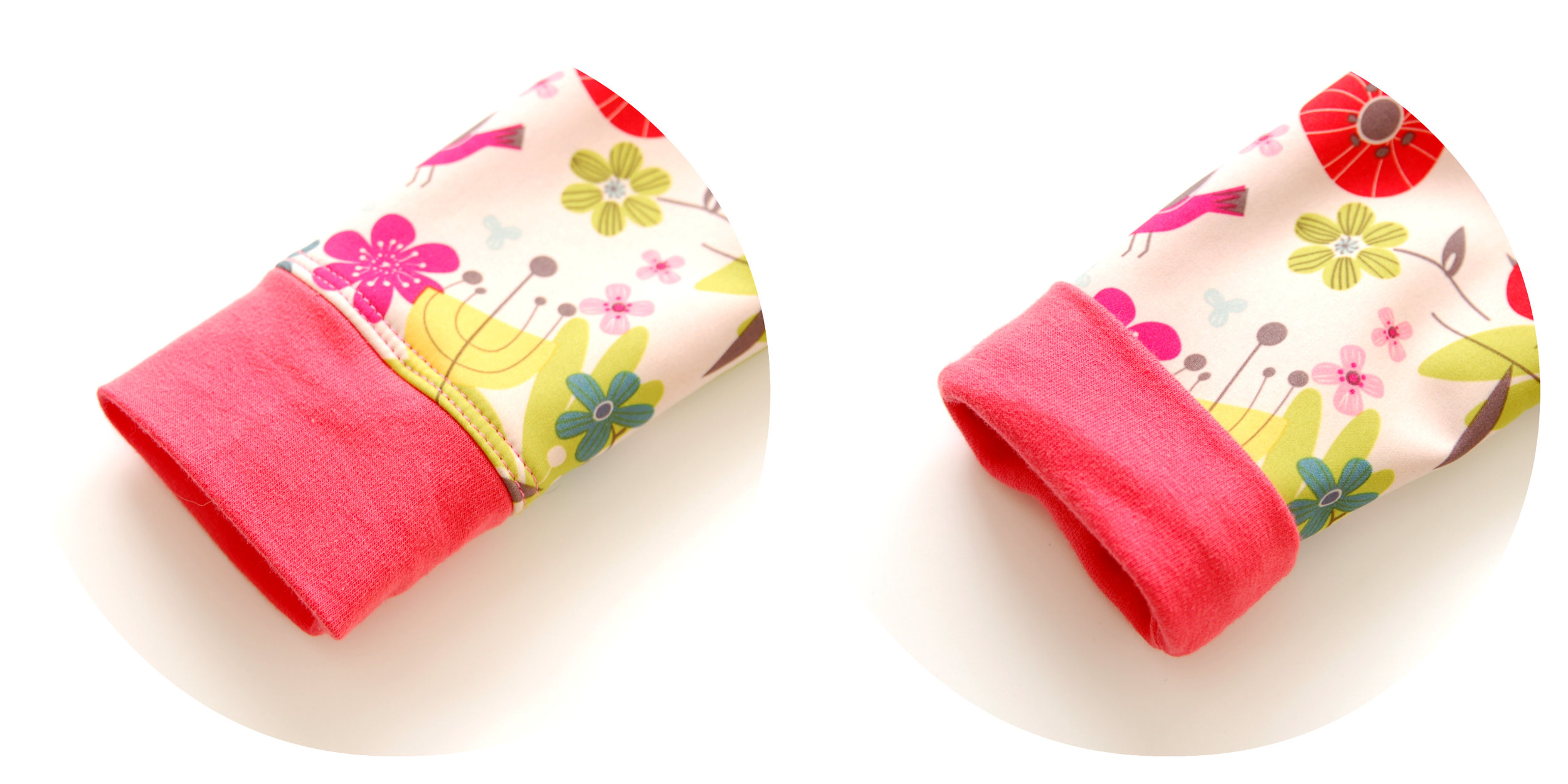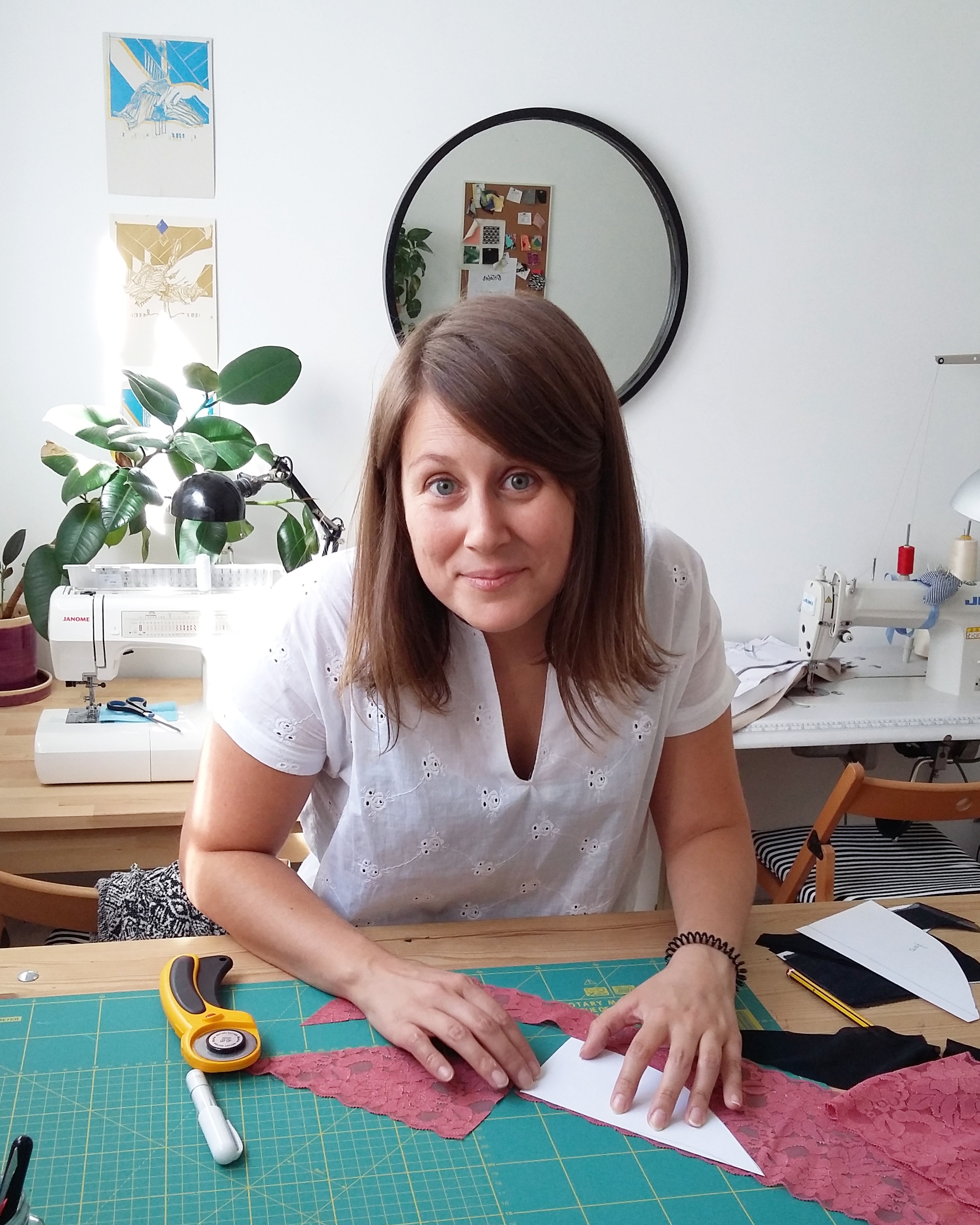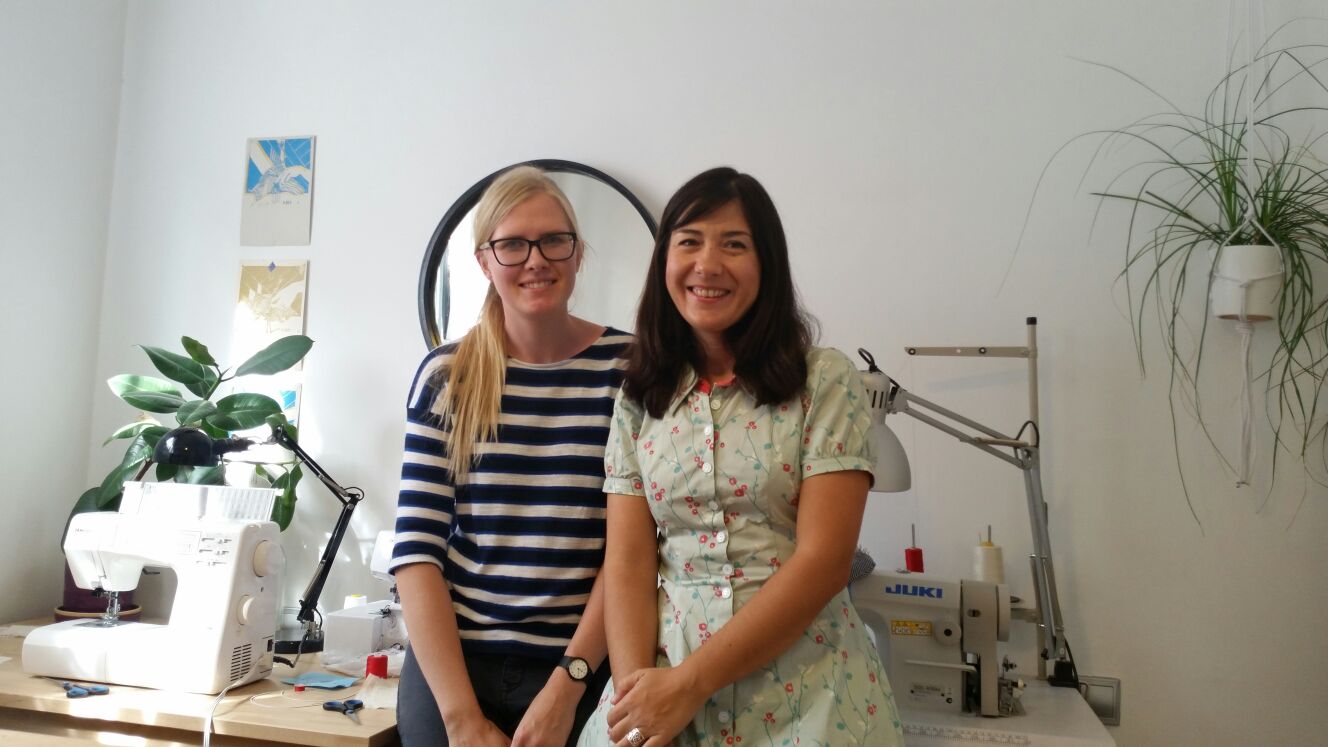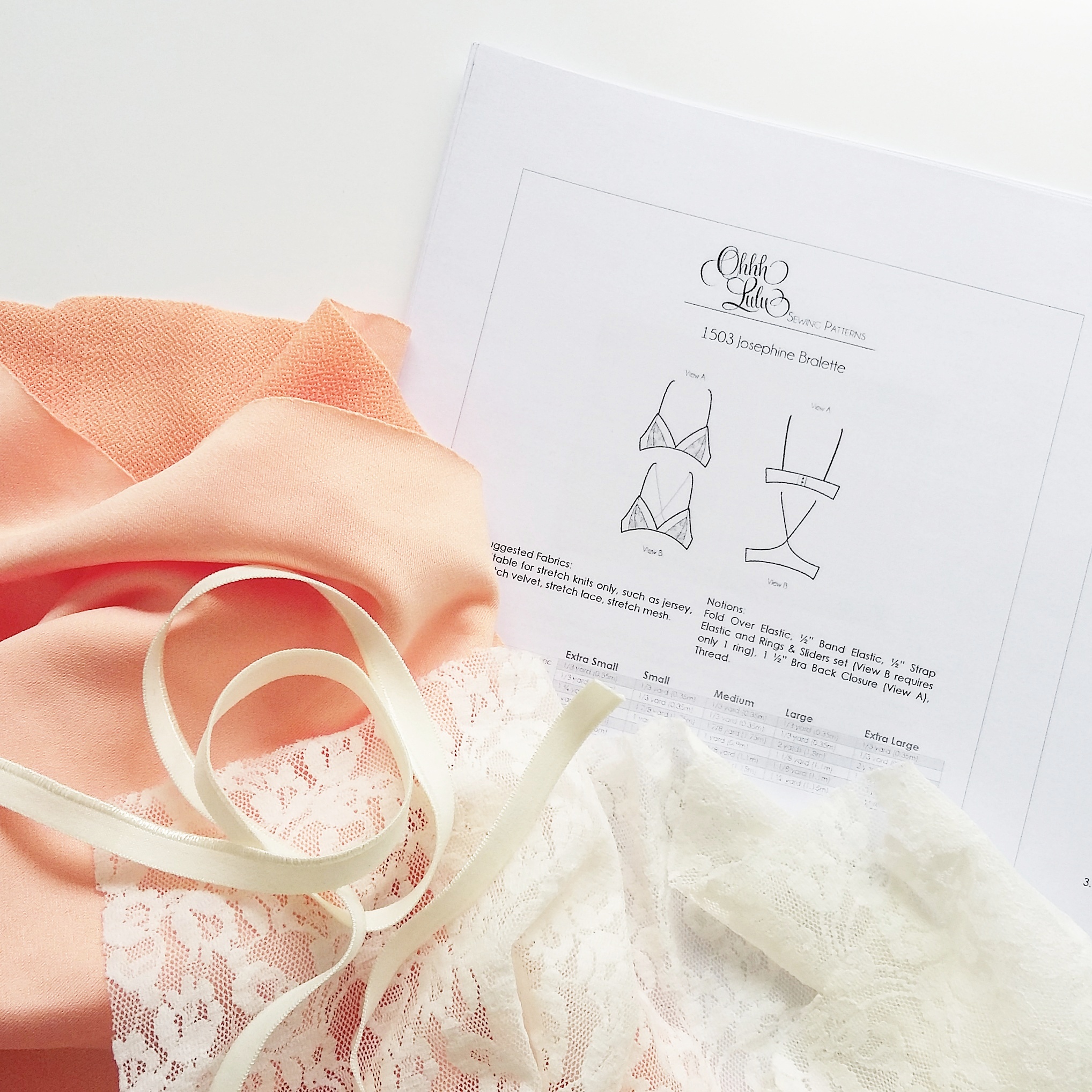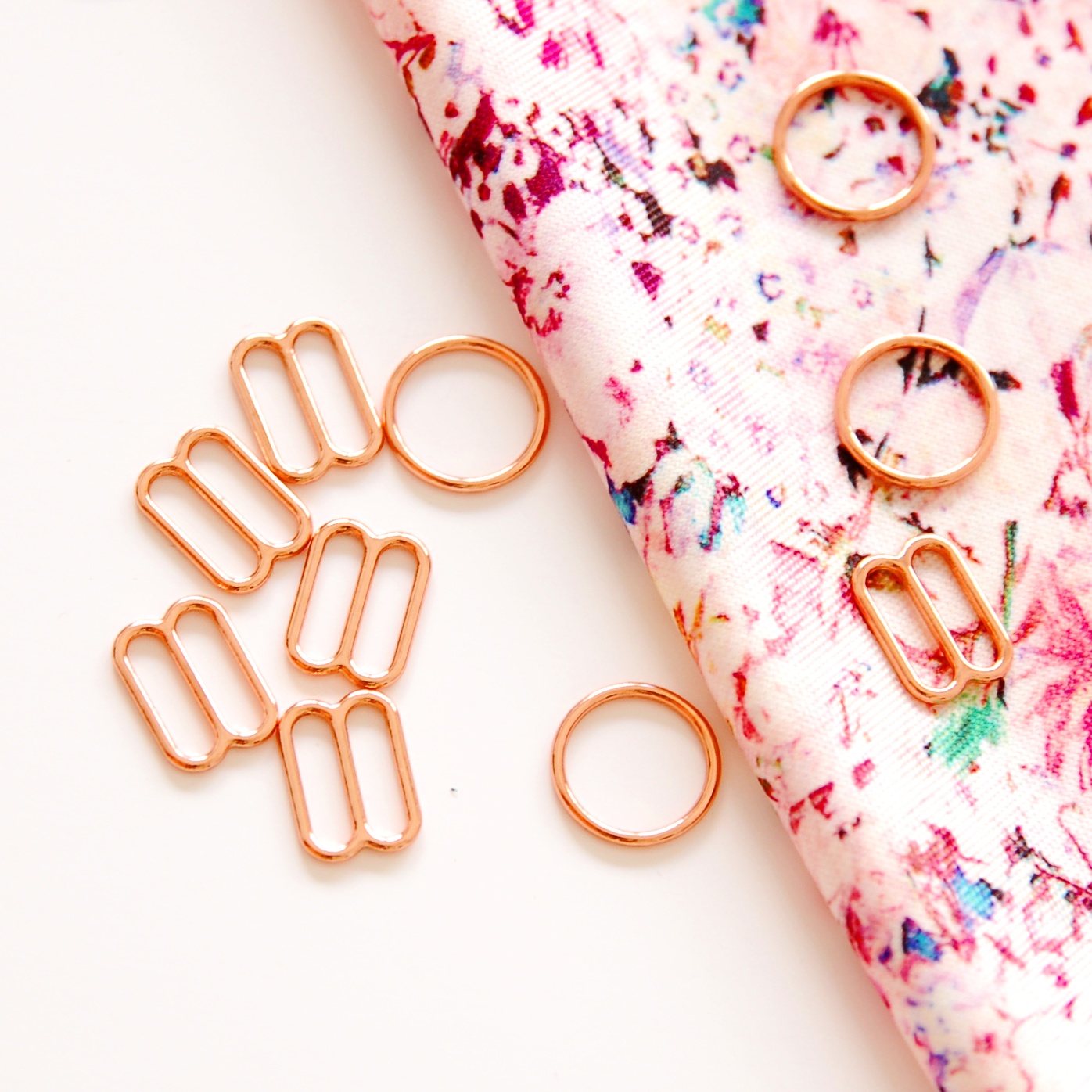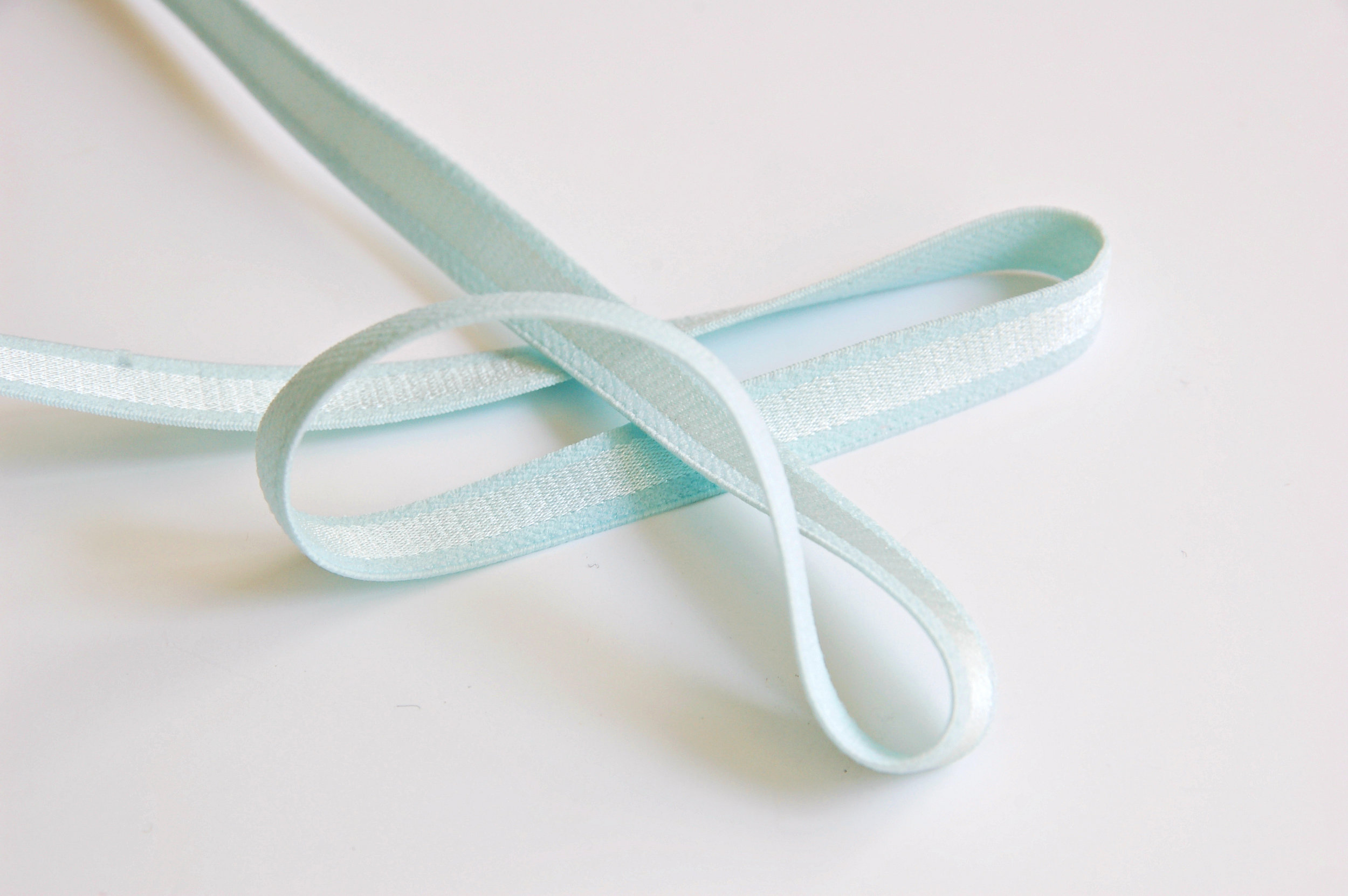Hola! Los que me seguís en IG ya habéis visto que en mi taller hay una nueva máquina de coser. También hay una nueva silla y una mesa alta más grande. Gracias a eso ya puedo tener tres alumnos por clase! Como este otoño la gente me ha sorprendido mucho con su interés por las clases, realmente no tengo más huecos, todas las tardes están completas con alumnas que ya me habían escrito antes.
Hello! If you follow me on IG you've already seen that there is a new sewing machine in my atelier. There are also a new chair and a bigger table now. This means that now I can teach classes in groups of three students! As this autumn people have been very interested in my sewing classes, I don't have any more free places for new students because all the new spots are occupied by the people who have written me before.
Pero ahora por algunas fotos del taller, me hace muy feliz tenerlo todo organizado y funcional por aquí. Más contenta estoy por mi mesa...es muy grande, se puede cortar tela tranquilamente sin que la mitad del tejido esté colgando por el borde del tablero. Tener una mesa alta para trabajar es muy importante para mí, si puedes organizar tu casa de tal manera que tengas un espacio así, por favor hazlo, eso te hará muy muy feliz! Los caballetes que he usado son de Leroy Merlin y su altura se puede regular, bieeen!
But now some photos of the atelier, it makes me really happy to have it all organized and funcional over here. I'm really proud of my new bigger high table...it's really wide now, you can cut fabric without half of it sliding down from the corner of the table. It's really important for me to have a higher work table, so if you can manage a space in your house for something like that , really you should try it, it will make you so happy! The table is supported by the legs that are bought from Leroy Merlin, you can change their height, yeaaah!
La nueva máquina...qué os voy a contar. Es bonita, es buena y es ideal para aprender porque tiene control de velocidad y puede ir en un paso de tortuga, si quieres. Mi otra máquina, también Janome tiene esa función y después de ver que a los principiantes les gusta tanto poder coser lento cuando aprenden, sabía que la nueva máquina también tiene que tenerlo. Lo compré por Sewing Machines Direct, es una tienda online inglesa que te manda la máquina (gratis) aquí. Es la tercera vez que compro a ellos y nunca me han fallado. Aparte de tener buenos precios te envían un montón de hilos y accesorios gratis. Además son muy majos, ya son dos veces que les he preguntado por consejos y me han indicado la mejor máquina según mis necesidades y posibilidades económicas.
No voy a ir muy a fondo ahora sobre el tema de las máquinas porque esto requiere un post aparte, pero sí que me parece un tema muy importante. Será la mala suerte mía pero aparte de Sewing Machines Direct, siempre he tenido malas experiencias con tiendas de máquinas de coser. No voy a poner nombres, pero estoy hablando de Madrid de aquí adelante.
My new machine...what to tell you. It's beautiful, it's good and it's ideal to learn how to sew because it can go as slow as a turtle if you want to. My other machine, also Janome, has this funcion and after seeing how well it works with new students, I knew I had to get this funcion on my new machine too. I bought it from Sewing Machines Direct, it's an English online store and they send you the machine (for free) to your home. It's the third time I buy from them and it has been always a great service. Apart from having really good prices, they send you a lot of threads and accesoiries fo free. And they are really nice, it has been now the second time I wrote them for advice and they told me which machine to buy according to what I needed and what I could spend.
I don't want to go too deep here talking about sewing machines because it would need a post on its own but it really is an important subject for me. I don't know if it's my bad luck, but apart from Sewing Machines Direct I've always had bad experiences with sewing machine retailers. I'm not going to put names, but I'm talking about shops in Madrid here.
Cuando compré mi máquina industrial me lo montaron en casa y después al usarla tenía un ruido muy fuerte. Cuando llamé a la tienda para preguntar, me trataron como una tonta y me dijeron que eso del ruido era normal. Después de que lo vea otro mecánico resulta que le habían puesto mal el motor! En fin... Ahora otra amiga acaba de tener igual de mala experiencia con la misma tienda: su máquina (también industrial) no funciona correctamente y en vez de ofrecerle soluciones lo primero que le dijeron era que ella no sabía usar la máquina y que si iba a salir el mecánico lo iba a pagar ella! Qué tipo de atención al cliente es esto???
El otro día llevé mi máquina doméstica a un taller y según ellos me lo arreglaron. Cuando llegué a casa vi que el problema seguía allí, cuando volví me dijeron que no tenían las partes para esa marca. No me lo hubieran podido decir ANTES de que me lo entreguen? Qué pensaban, que no me iba a dar cuenta??? La verdad es que así es el día a día por desgracia.
Y qué os voy a contar sobre los consejos a la hora de comprar una máquina? Seguimos con lo tradicional, siempre te intentan vender lo que más les conviene a ellos. Eso me llamó mucho la atención el otro día en la feria Creativa...todas las tiendas con sus súper máquinas. De hecho pregunté por modelos para tener aquí en clase y lo primero que me intentaron vender era uno de mil euros. De verdad?? Por qué hacéis eso, tiendas de máquinas? Yo cuando oigo una respuesta así, se me bloquea el cerebro...me estás intentando vender algo que no tiene nada que ver con lo que te estoy preguntando...o no entiendes lo que te estoy diciendo, te da exactamente igual, o me tomas por tonta? Las tres opciones me parecen malas, la verdad.
When I bought my industrial sewing machine they installed it in my house and after using it I noticed that it made a really strong noise. When I called the shop they treated me like I was stupid and told me that everything was normal. After that, another technician revised the machine and turns out they had put the motor on it the wrong way. Horrible... Now another friend had a similar experience with the same shop: her machine (also an industrial one) wasn't working like it was supposed to and when she called the shop, the first thing they told her was that she didn't know how to use the machine and that she had to pay the technician to go to check it out if she wanted to! What kind of customer service is that???
The other day I took my domestic sewing machine to a shop and according to them they repaired it. When I arrived home I saw that the problem was still there and when I returned they told me that they didn't have the parts from that manufacturer. Couldn't they tell me this BEFORE I took the machine home? What did they think, that I wouldn't notice it was still broken??? Unfortunately that's how things go around here.
And what to tell you about advice when buying a sewing machine? Still going strong the traditional way: they just try to sell you the machine that they want to sell, not the one you ask for. I noticed it again the other day at the craft fair...all the companies with their super machines. I actually asked in one place for a machine for my classes and the first one they wanted to sell me was a machine that costs aprx. one thousand euros. Really?? Why do you do this, sewing machine retailers? When I hear an answer like this my brain freezes...you really are trying to sell me something that isn't at all what I just asked you for...you either don't understand what I'm looking for, you just don't care or you think I'm stupid? The three options don't really do it for me.
Venga, que no sigo más allí, jeje. Lo que quiero decir es que en mi humilde opinión es más importante la persona detrás de la máquina...ningún modelo te va a coser las cosas guays sin que tú sepas cómo usarla. Antes de comprar una máquina divina te recomiendo ver si puedes conseguir una buena pero sin mil adornos y el dinero que te ahorras puedes gastarlo en libros, patrones, clases, cursos etc. Eso sí que te hará coser mejor. (Ah, y si de verdad tienes recursos ilimitados, ¡qué suerte tú!, desde luego compra lo más guay...estoy aquí hablando sólo desde mi punto de vista.)
La máquina que acabo de comprar es fuerte y tiene bastantes cositas que molan pero no todas ellas son necesarias para una persona que acaba de empezar, ni siquiera para las que ya saben. Nuestras abuelas han cosido con máquinas muy simples y sin ningún problema. Yo coso todos los días y tengo clases seis días a la semana, a estas máquinas les dan mucha caña y no puedo poner uno de cien euros aquí, sería tirar el dinero. Además quiero que mis alumnos tengan una agradable experiencia a la hora de coser, y yo también quiero tenerla. Así que en fin...todo eso venía porque en la tienda donde compré la mía sí que me han aconsejado bien y en ningún momento me han intentado vender algo que sea diferente de lo que yo he pedido. Ahora que he podido expresar todo esto, vamos a seguir con el taller, jajaa.
Ok, I'm not going to continue with this, hehe. What I want to say is that in my humble opinion the person behind the machine is more important than the machine itself...no fancy model will sew nicely if you don't know how to sew. Before buying an expensive machine I recommend you to search if you can get something more affordable but still good quality and the money you save just use it for buying books, patterns, classes, courses etc. That for sure will help you to sew better. (Oh, and if you really do have lots of money, lucky you, go buy the fancy machine, I'm just talking from my point of view.)
The machine I bought is strong and has quite many sweet funcions but not all of them are necesary for a new sewer, not even for an experienced one. Our grandmas sewed with very simple machines and without problems. I sew every day and there are classes here six days a week, my machines are used a lot so I can't just put a cheap one here, it wouldn't last and instead it would be a waste of money in my opinion. Also I want my students to have a nice sewing experience, and I want that for me too. So anyway...I'm writing all of this because in the shop I bought my machine they really were very helpful and they never intended to sell me something I didn't need. Now that I've expressed everything I needed to say, let's continue with the atelier, hehe.
He estado cosiendo un par de cositas para tenerlas aquí, por ejemplo cestos pequeños para tirar hilos cuando estás cosiendo y un par de alfileteros también. Ah, y una funda de cojín para la nueva silla. Esto siempre es una buena ocasión para sacar mis telas favoritas en blanco y negro, jeje.
I made some things to have around here, for example these little fabric trays to put the thread and fabric scraps in them when you sew, and some pincushions too. Oh, and also one pillow cover for the new chair. It's a good chance to use up those balck and white fabrics I love, hehe.
El alfiletero grande es del libro "Handmade Style" de Anna Graham del blog Noodlehead, haré una reseña sobre el libro en breve, tiene proyectos muy bonitos. La tela de gatos es de Trizas y Trazos.
Estoy muy contenta con los grupos más grandes ahora, he conocido gente muy maja y todas están haciendo proyectos bonitos, qué mejor que coser en estos días de otoño?!
The big pincushion is from the book "Handmade Style" by Anna Graham from the blog Noodlehead, I will make a book review about it soon, it has really beautiful projects. The cat fabric is from Trizas y Trazos.
I'm really happy with my new bigger classes, I've met some really amazing people, everybody is making beautiful projects...what better than sewing on these autumn days, right?!
Espero que te haya gustado mi pequeño estudio taller, siento por el rollo sobre las máquinas de coser, jaja...Y si quieres venir a coser aquí, sólo tienes que mandarme un correo para ver los horarios disponibles :)
I hope you liked my little studio/atelier, sorry for the long story about sewing machines, hehe...And if you want to come to sew here, just send me an e-mail to see the available class hours :)



